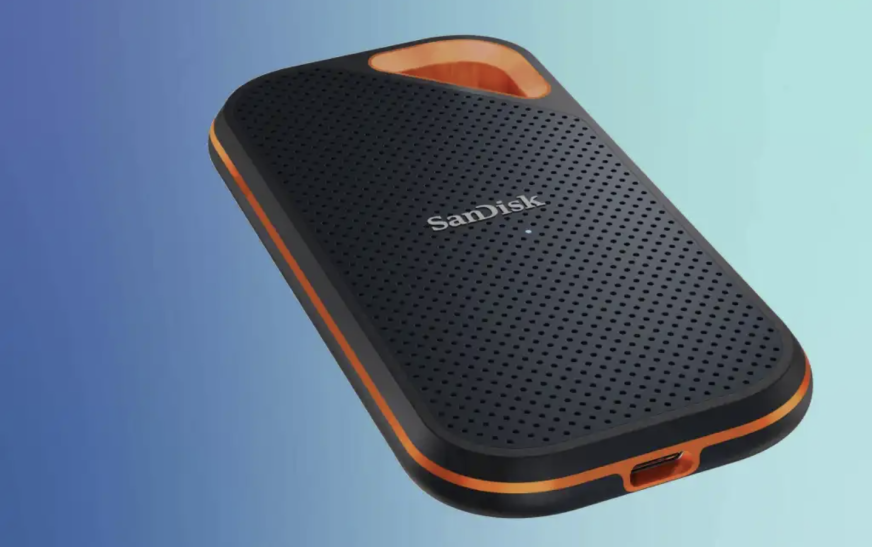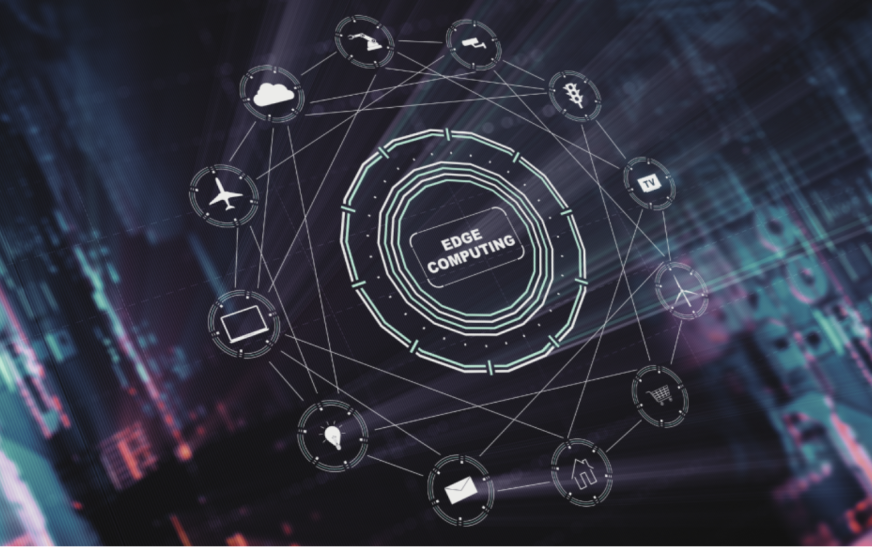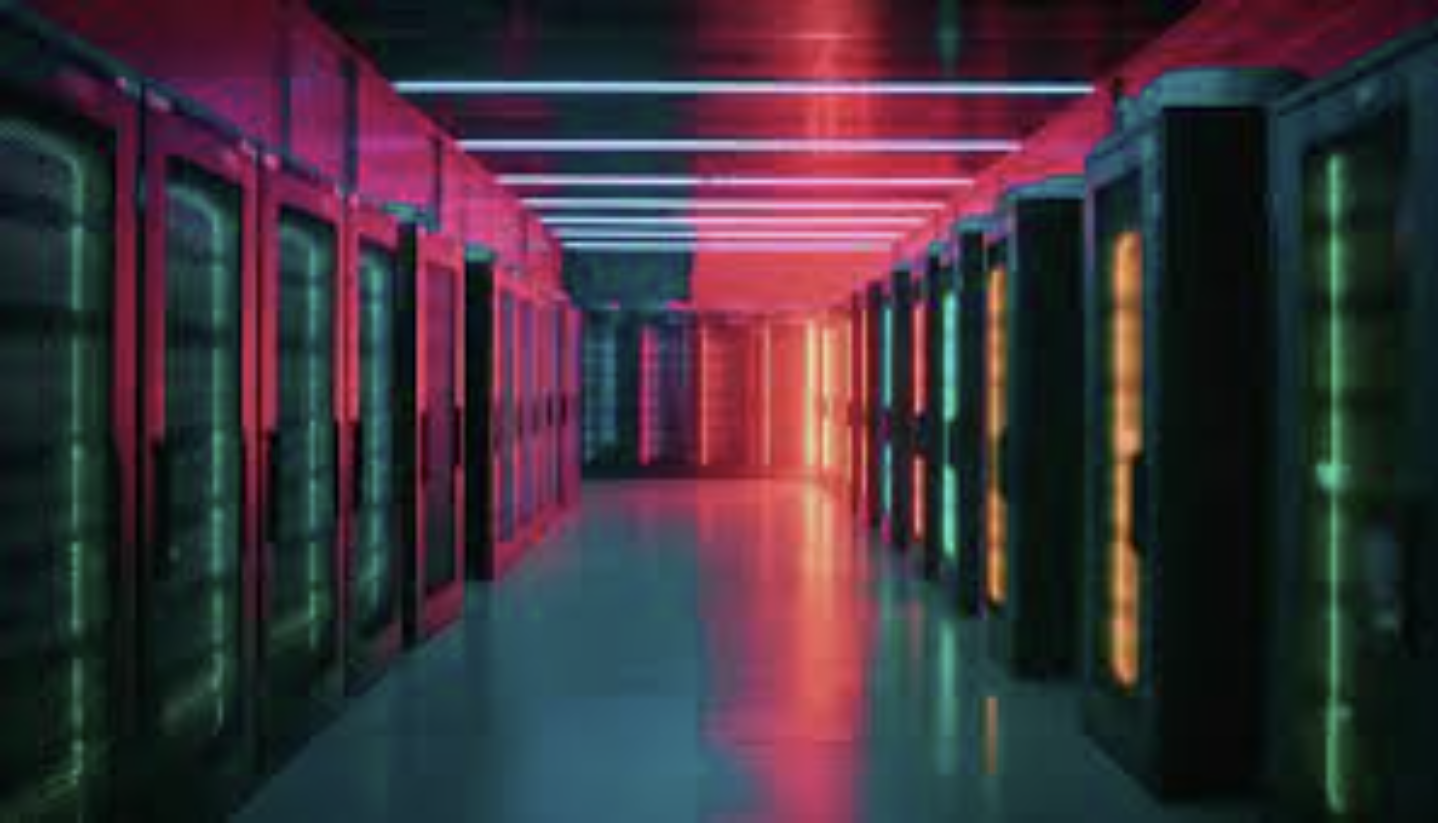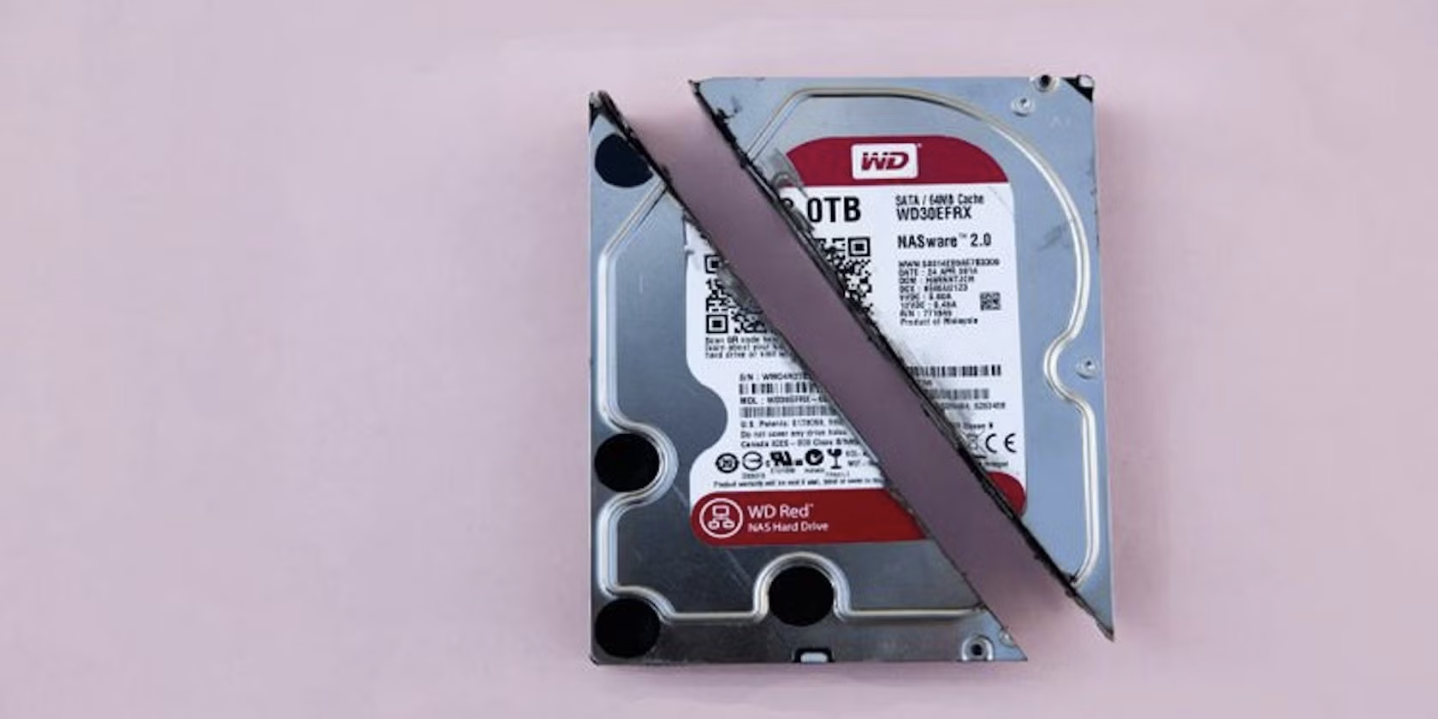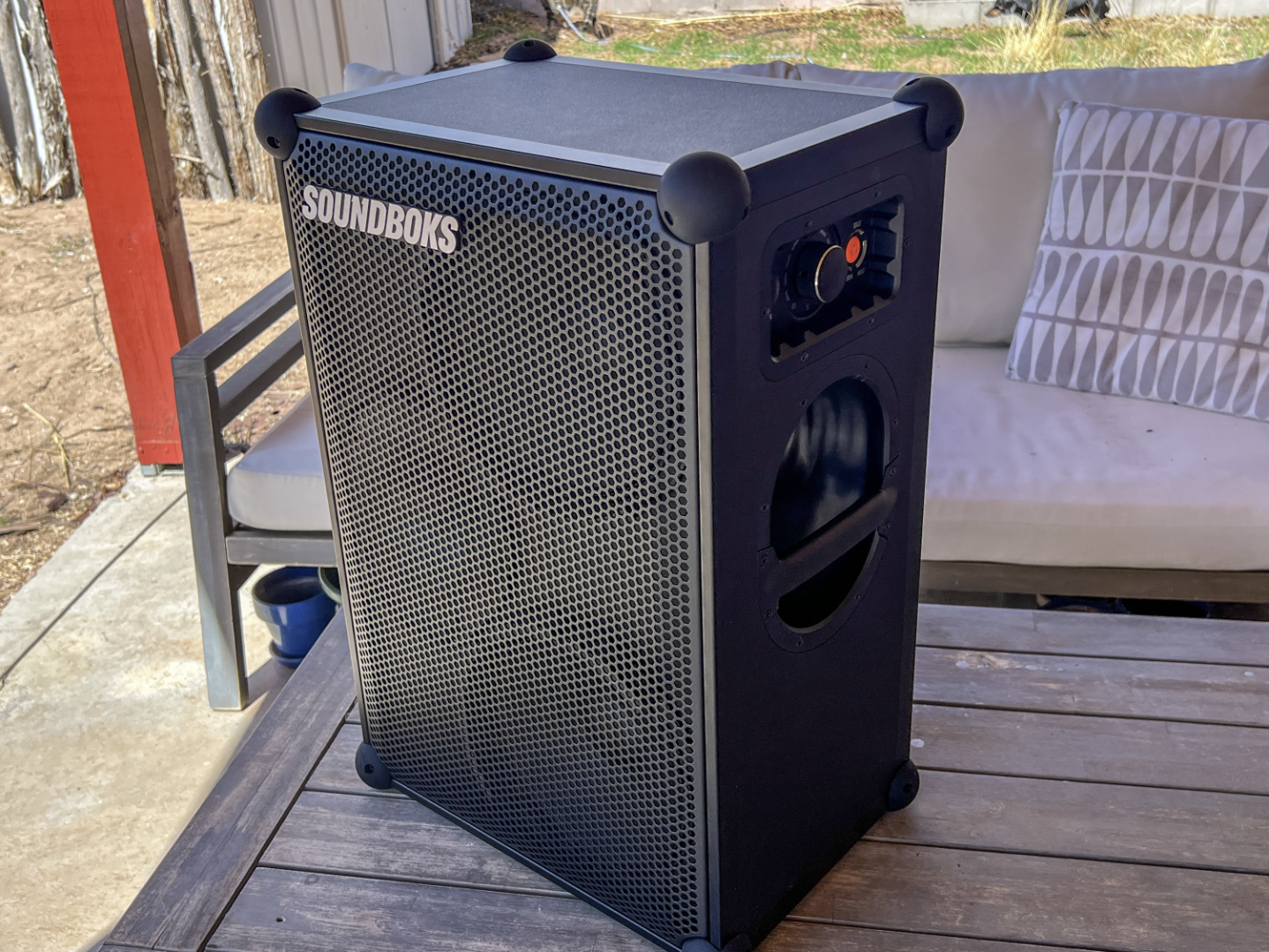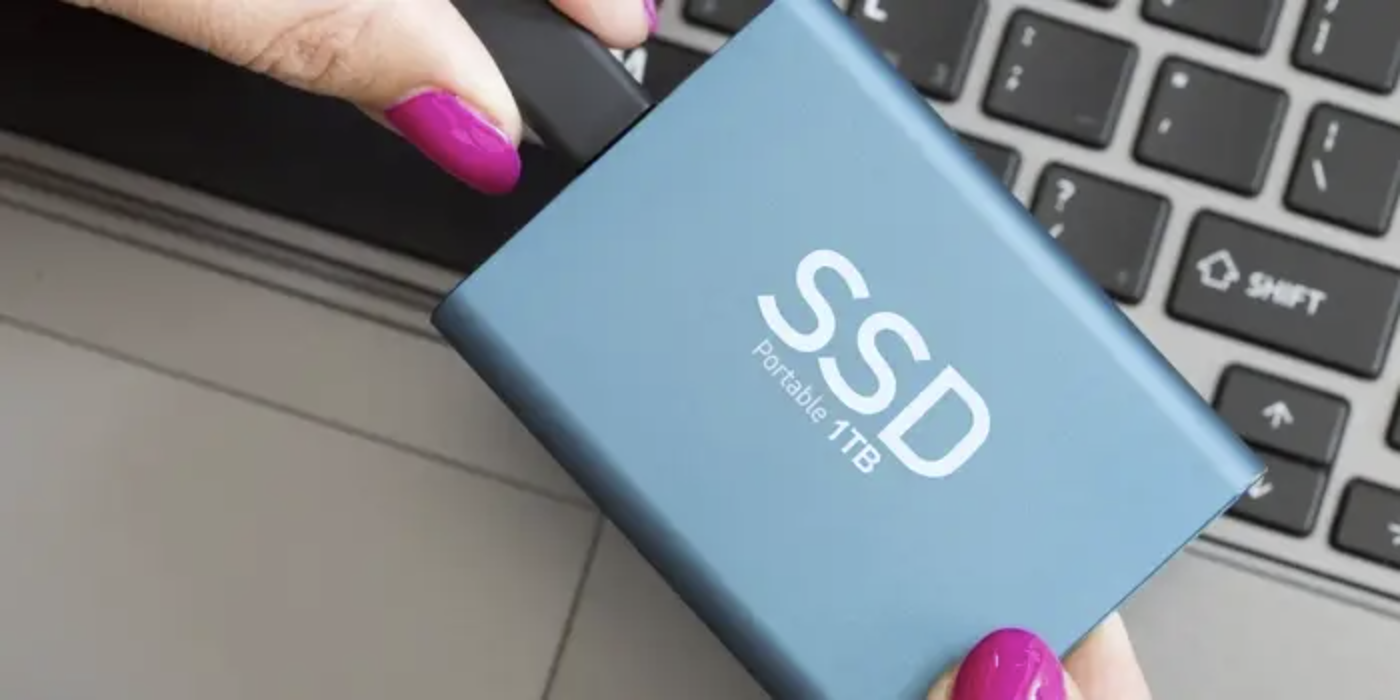
Hard drives are the essential components of your computer that store your files and house the operating system. Without a hard drive, you wouldn’t be able to save anything on your computer. Most computers use hard drives that rely on technologies like IDE, SCSI, or SATA to store data. These drives have spinning platters that are read by a head that hovers above them. The platters rotate at varying speeds depending on the type of drive. However, since these drives have moving parts, they are more prone to failure.
Flash hard drives, also known as Solid State Drives (SSDs), are the latest technology for storing data and running your operating system. Flash memory offers quick access times, is lightweight, and consumes less power. The absence of moving parts makes SSDs perfect for portable devices like laptops, as they’re more durable in mobile environments.
Solid state drives use NAND flash memory, which is the same type of memory used in USB drives, MP3 players, and digital cameras. Although SSDs are more expensive than traditional hard drives of the same size, NAND flash memory could eventually replace hard drives in some laptops as the memory chips continue to increase in capacity.
Traditional hard drives store data on spinning platters, with a drive head that moves across the platters to access the data. By removing the platters and mechanical components from the drive, SSDs eliminate one of the main points of failure. This leads to faster data access, quieter operation, and lower latencies since there’s no need to wait for the drive head to position itself. Data can be read or written instantly, without the delay caused by mechanical movements.
By replacing traditional hard drive components with memory chips, SSDs are much lighter and more shock-resistant. Without moving parts, SSDs are far less likely to be damaged by physical shocks compared to conventional hard drives.
One downside of solid state drives is that recovering lost data from them is incredibly difficult, which can be a major issue for users who don’t regularly back up their files. This can be a significant drawback for businesses, where data loss can be particularly problematic.
In terms of speed, SSDs are notably faster than traditional hard drives. They can load operating systems in about two-thirds of the time it would take a regular hard drive. For example, flash drive maker SanDisk claims that its SSD can boot up Windows Vista in 35 seconds, which is 28 seconds faster than a conventional hard drive.




